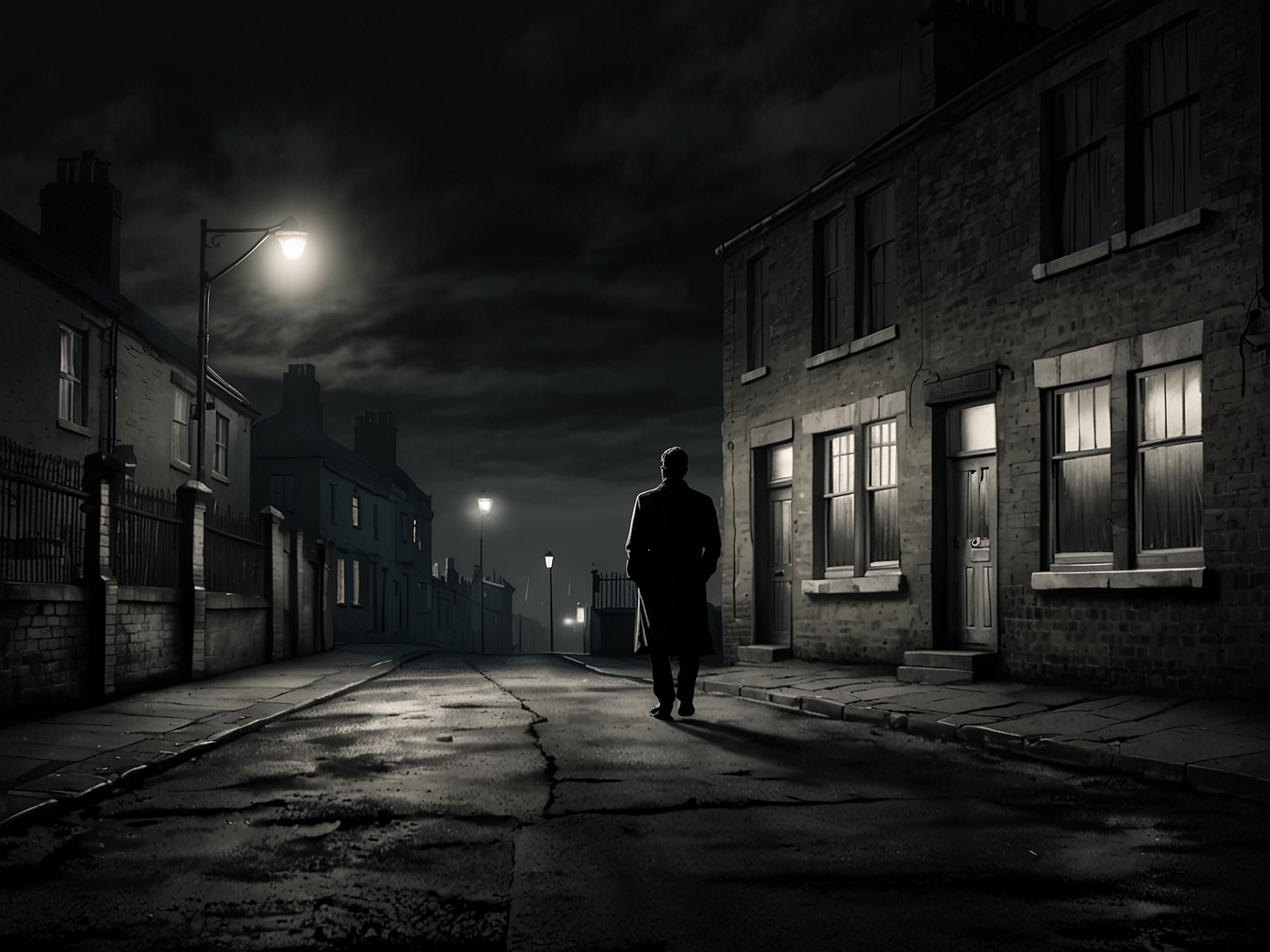The story of Jean McConville haunts those who hear it. How can a mother vanish so completely? It seems unimaginable to most, yet it happened in Belfast, deep in the heart of the Troubles. This narrative forms the core of FX’s gripping adaptation, Say Nothing.
What does it mean when someone simply disappears? For McConville’s ten children, the question lingered for decades. They lived in a cruel state of limbo, taunted by neighbors who once were friends. The communal whisper of being a ‘tout,’ or informant, left them shattered. Their mother was taken, and many wondered if they’d ever know the truth.
FX’s adaptation takes a broader lens, encompassing the brutal history of conflict in Northern Ireland. Various perspectives emerge, revealing complexities that make us think. How do families cope in a world where loyalty seems to mean survival?
By focusing on figures like Dolours and Marian Price, the series invites questions about the nature of choice amid chaos. Dolours Price, portrayed by Maxine Peake, becomes an emblem of transformation. Initially a peaceful activist, she arrived to find answers in an IRA movement dominated by men.
The series captures her shift from idealism to radical action, as violent realities shattered her youthful dreams of change. But the Prices were not the only ones affected. Their story reminds us of the countless lives intertwined in this tragic web.
The conflict didn’t just shape the present; it left scars that many still bear today. It’s easy to reduce the narrative to sides—the IRA and the crown—but living through it was much more complicated. Each episode unfolds the shared experiences of both victims and perpetrators.
As Dolours navigates her reality, we see the emotional toll. How did she reconcile her actions with her identity? The miniseries raises crucial questions: Can violence ever be justified in the pursuit of peace? Will memories of violence ever truly fade?

And while the Price sisters embrace their roles, the hidden specter of McConville hangs heavy. The creators skillfully weave her story with theirs, creating a narrative that resonates deeply. The act of disappearance serves not just as a plot device but as a painful reminder of the human cost of conflict.
In a poignant scene around their mother’s abduction, we can almost feel the hopelessness wash over us. The stark reality is hard to digest. How many families lived with such fears, unsure if their loved ones would return home?
What is the price of silence when the truth is so bitter? With an almost magical realism, the miniseries introduces us to the creativity of rebellion. For Vargas, the stories unfold like chapters of a tragic novel.
With each bank heist, the Price sisters embody rebellion. They donned disguises and masks, defying societal norms. But deep down, did they ever question the righteousness of their actions?
Say Nothing also explores the role of authority amidst chaos. British military tactics often seem chilling. Could the end truly justify the means? The shadow of Frank Kitson looms, presenting a paradox that challenges our morality.
As a viewer, it confronts us—do we cheer for the rebel or criticize the oppressor? In embracing these themes, Say Nothing does more than depict historical accounts. It pushes us to question our interpretations of justice, morality, and humanity.
It’s not merely a show about the Troubles; it resonates with any society grappling with conflict. Isn’t this a reflection of our current societal struggles? As we navigate these narratives, it’s vital to remember the stories that are left untold.
The ghosts are everywhere, woven into testimonies and memories of generations. What we choose to remember—and how we share those stories—will shape our futures. Say Nothing shows us that loss doesn’t just mark the end; it shapes a living history that continues to demand our attention.




